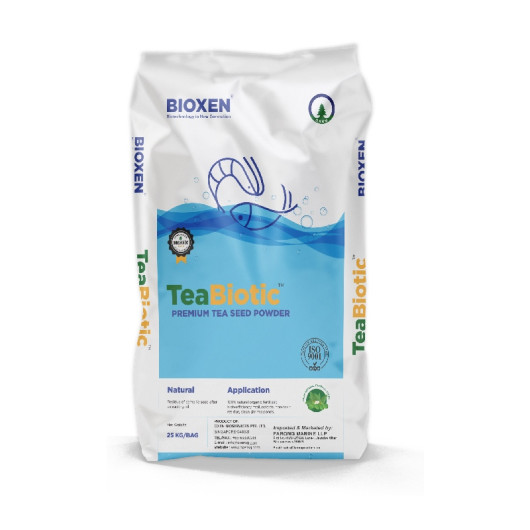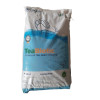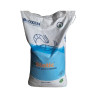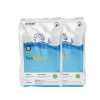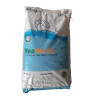Tea Seed Powder
45 and Tea Seed Powder and 130.0000 and 188.0000 and catalog/product/New Project - 2023-12-26T131713.661.jpg
- Brand:Bioxen
- Product Code: Bag
- Reward Points: 800
- Availability: In Stock
-
₹ 188.00Rs.
- ₹ 130.00Rs.
Tea seed meal or tea seed powder, is a kind of residue extracted from camellia seeds. Camellia seed meal contains 12%-18% tea saponin.
TeaBiotic uses have various benefits in aquaculture. They are:
- Tea seed meal kills unwanted fishes. Tea saponin is a haemolytic toxin that can dissolve the red blood cells of fish. So it can kill wild fish, loach, snail, river mussel, frog eggs, tadpoles and some aquatic insects.
- Tea saponin is easily soluble in alkaline water. Therefore, adding little lime water during use could have a better efficiency. A report from Zagazig University indicates the tea saponin effects to oreochromisniloticus.
- Tea seed meal benefit increase fertility to a barren pond. Tea seed residue contains high content of protein, which enriches ponds with little silt and poor substrate.
- It can decompose on its own. As a 100% organic fertilizer, tea seed cake can degradation on its own, non-toxic residue, no impact on human body, and safe to use.
- It does not kill aquatic plants and has a growth-promoting effect on aquatic plants.
- It stimulate the moulting of shrimp. Camellia seed powder brings no side effects to prawns and crab larvae. “Following exposure to saponin as low as 0.5 mg l-1, P. japonicus shortened the time to the first moult, and decreased its feeding, growth and moulting frequency.
- It is more economical than chemicals. Effective chemicals often takes a lot of time and financial resources to formulate. But organic tea seed powder is from natural and cost less.
Application :
In one feet pond water depth, apply 20kg/acre of TeaBiotic. So, in 5ft water depth apply 100kg/acre. Best results will be gained when applied during morning at 8am.| Item Standard Index | |
| Saponin | 15% - 18% |
| Fibre | ≤ 12% |
| K2O | ≤ 1% |
| Moisture | ≤ 9% |
| Nitrogen | 1% - 2% |
| Organic Matter | ≥ 50% |
| P2O5 | ≤ 1% |
| Protein | ≤ 13% |
| Remnant Oil | ≤ 2% |

